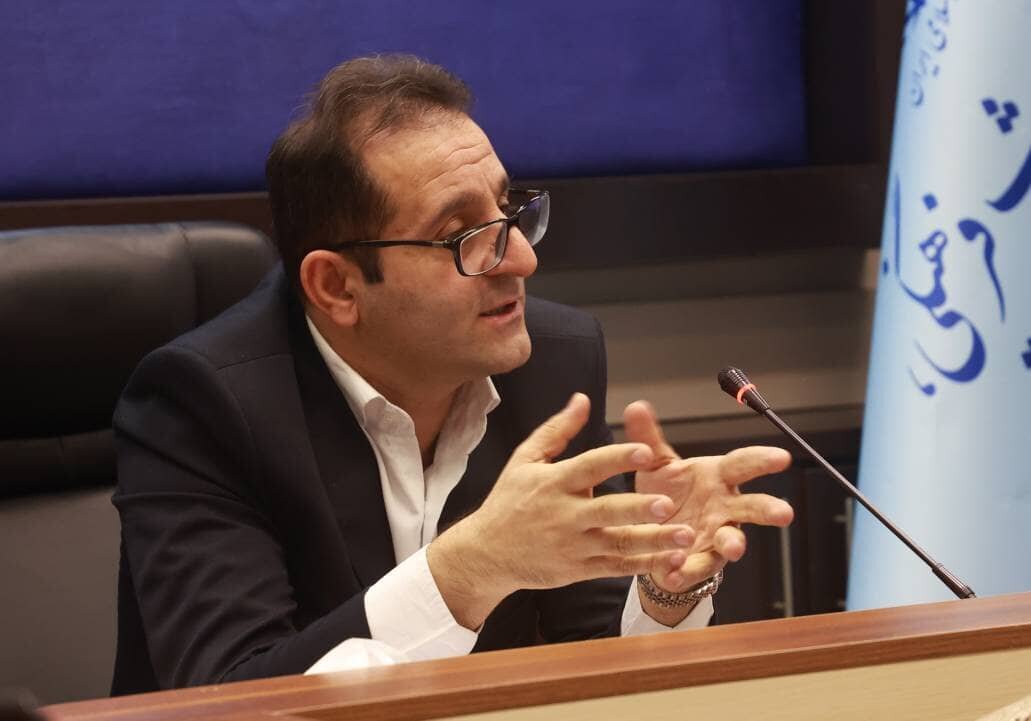Iran eases visas, but media misinformation still a barrier to tourism

TEHRAN – A senior Iranian tourism official has said that the spread of negative media narratives about Iran – commonly referred to as Iranophobia – poses a significant challenge to the country’s tourism sector, even as visa requirements for most travelers have been eased or eliminated.
Moslem Shojaei, the director-general for Marketing and Tourism Development at Iran’s Ministry of Cultural Heritage, Tourism, and Handicrafts, said that while many international travelers face no visa issues when planning trips to Iran, the negative portrayal of the country in foreign media causes hesitation and fear among potential visitors.
“Many tourists have no visa problems entering Iran,” Shojaei told IRNA on Monday. “The real issue is the cloud of negative news coverage – often exaggerated or selectively highlighted by hostile media – that spreads fear and discourages travelers. Events such as the recent incident in Bandar Shahid Rajaei in Hormozgan are used by certain outlets to amplify this narrative.”
Shojaei emphasized the need to counteract these perceptions with accurate and engaging information. He noted that Iran has already lifted visa requirements – either unilaterally or bilaterally – with over 40 countries. “For example, visas are waived on a mutual basis with countries like Turkey, Iraq, Tajikistan, Kazakhstan, Oman, and Tunisia, and unilaterally for Uzbekistan,” he explained. “Except for 10 or 11 countries where visa restrictions are maintained for diplomatic or strategic reasons, most citizens around the world can obtain visas upon arrival at Iranian airports.”
He added that Iran often initiates visa waivers as a first step to encourage reciprocity. “We take the first step, and sometimes the other countries follow. However, economic or political considerations may prevent some from responding in kind.”
Addressing the effectiveness of international events in combating Iranophobia, Shojaei pointed to the recent B2B (Business-to-Business) meetings between global tour operators and their Iranian counterparts as an example of recent efforts to counter such anti-Iran sentiments.
“Over 120 foreign tour operators participated in this event. All of them are active on social media, and by sharing their firsthand experiences, they help showcase Iran’s vibrant tourism potential,” he said. “Such initiatives go a long way in neutralizing false or negative narratives.”
Shojaei has also emphasized Iran’s intention to make the best use of influencer marketing as a key strategy to build international trust and promote the country’s tourism potential through interactive content, digital platforms, and targeted media outreach.
Looking ahead, he announced Iran’s participation in ten international tourism exhibitions, along with plans to organize five tourism roadshows in key cities, including Basra, Baghdad, Karbala, and Najaf, as well as in Poland, Hungary, Serbia, and Russia.
Moreover, the official unveiled plans to host a Silk Road Conference in Semnan, bringing together member countries along the historic trade route, and the Third International Health Tourism Conference for ECO member states, scheduled to take place in Hamedan later this year.
The Islamic Republic expects to reap a bonanza from its numerous tourist spots such as bazaars, museums, mosques, bridges, bathhouses, madrasas, mausoleums, churches, towers, and mansions, of which 28 are inscribed on the UNESCO World Heritage list.
AM
